Are you tired of eating soft pasta or mussels with a rubbery texture? Know that you can improve the cooking of your favorite dishes with a few simple tips. Indeed, small technical adjustments can make a big difference when it comes to how your final dish will be prepared. Although there is sometimes a tendency to think otherwise, most common mistakes are easily preventable. Here are some cooking tips to try now to impress your loved ones.
1. Risotto
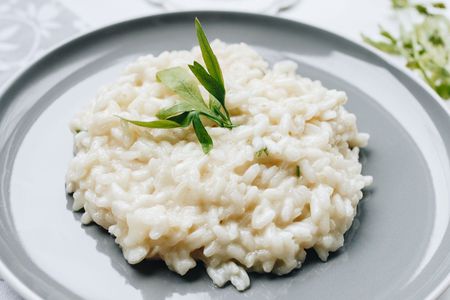
Risotto is a rice dish from northern Italy that is as warm, comforting and rustic as it is elegant and complex. Although it is a simple and classic preparation, it requires the greatest care and attention to be perfect. When well made, risotto is creamy and decadent, and its layers of flavors blend perfectly.
To make your risotto a success, choose the right ingredients. Traditionally, this dish is made with onion, white wine, Arborio rice, broth, and Parmesan cheese. A more earthy variant may require shallots and red wine instead. Although you should certainly try to add extra ingredients – such as mushrooms, peas, leeks or even seafood – make sure they go well with the harmonious base.
2. How to make risotto the right way
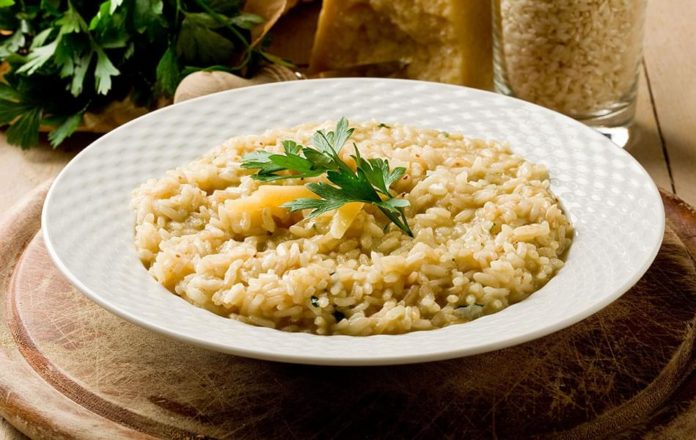
Roasting your rice is a crucial step in the process. Arborio is a type of rice that resists liquid absorption well without decomposing completely. Nevertheless, you have to be careful when you cook it. Make sure your rice is cooked until it has a golden toasted color before adding the wine to the pan. Burning it during this step leaves a bitter taste in your finished dish. Not grilling it sufficiently will result in grains that are too hard to bite.
Be sure to stir your risotto too. Risotto requires elbow grease, which means you will have to stir your dish continuously to get creamy results that do not stick to the bottom and sides of your pan. Part of the charm of this dish lies in its need for constant care. Since you add broth in increments until it is absorbed into the rice, it is important to roll up these shirt sleeves and stir after each addition.
Finally, be aware that risotto requires patience in its preparation. The ingredients are incorporated in stages to give flavor and give the rice time to reach its highly desirable consistency. Carefully follow your recipe and cook the ingredients in order. It’s all about timing. Give your risotto the time it takes.
3. Paella

Paella is a traditional rice dish from the city of Valencia in Spain. Whether it contains meat, vegetables or seafood, this specialty is appreciated for its beautiful saffron color, crunchy layer of grilled rice on the bottom and deep smoky flavors. In Spain, this dish is cooked in a large, shallow frying pan on an open fire or burner, then set aside to absorb all the broth and finish cooking. Here’s how to cook a delicious paella.
Make sure you use the right type of rice. Paella is best made with bomba rice, a short-grain variety grown in Spain. It is the ideal choice for this particular dish because of its amazing ability to absorb a large quantity of broth without losing its shape, remaining perfectly firm and delicious throughout the cooking process. It’s a kind of great rice. In addition, try to get a real blue paella pan if possible. This special frying pan is wide and shallow with slightly sloping sides. This unique shape is intended for the manufacture of paella, as it is ideal for cooking a thin layer of rice. The secret of this dish’s appeal lies in the crispy rice crust that forms at the bottom of the pan. So you want to be able to spread the rice as much as possible instead of cooking it in large bouquets. An ordinary frying pan is simply not wide enough and shallow enough.
4. Make a good paella
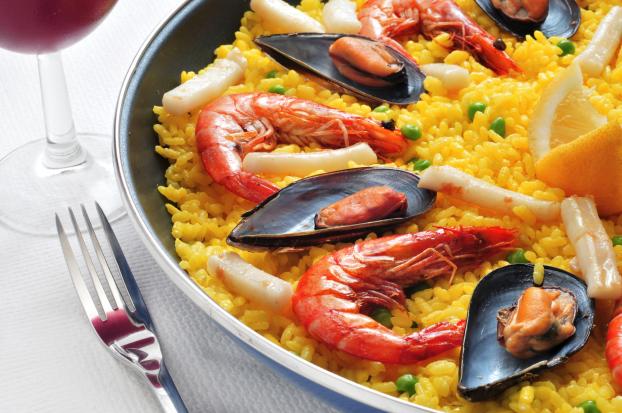
If you are not cooking your paella on a large outdoor grill, you must ensure that the pan is strategically placed to maximize even cooking. This means that you may have to ride it on two burners on a conventional stove and rotate it often! And don’t forget to scent your paella right from the start. Sofrito is the sautéed aroma that forms the basis of your paella. Typical ingredients include, but are not limited to, tomato, onion, and garlic. When cooked until tender, they provide a thick and tasty base for the rest of the dish. A must.
Saffron is the key to a successful paella. The liquid added to your paella is important to consider, as it is the ingredient that cooks your rice. Whether you use homemade broth, a commercial variety with a low sodium content or water, don’t forget to infuse it with saffron to obtain the traditional and warm color for which this special dish is renowned.
While it may be tempting to load your paella stove, remember that less is better. Remember that this is a rice dish after all. The most classic paellas have few ingredients. This not only prevents your dish from being cluttered with unnecessary ingredients but also helps the rice to cook evenly.
5. Mussels
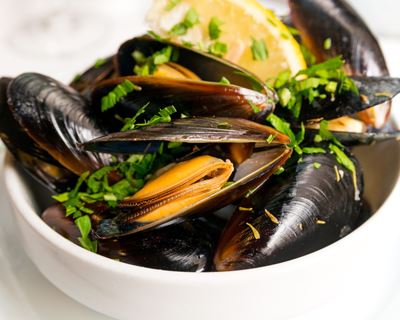
This fancy but relatively inexpensive seafood option is the ideal food for a family gathering. As with all seafood, be sure to clean your mussels with great care. Put them in a colander and rinse them in cold water, shaking them to remove any dirt from the shells.
6. Tips for baking mussels

Don’t forget the herbs. The natural flavors of mussels are greatly improved by infusing your cooking liquid with herbs. Think of onions, garlic, ginger, etc. These will help you build a sauce base once you have added your cooking molds.
Mussels are small things that tend to cook quite quickly. That being said, be sure to lower the heat to very low temperature as soon as the water starts to boil. Similarly, try to arrange them in a single layer for more uniform cooking by taking a fairly large pan! But don’t forget to put a cover on it. Your mussels benefit from the fragrant steam created when you cover the pan, so it is important to have a tight fitting lid. Let your mussels cook for three or four minutes, then check to see if they have opened.
Since your stove is covered while the mussels are cooking, do not hesitate to shake it a little to stir it up without letting the steam escape. By doing so, you will help them to get fair cooking in the heat and to cook evenly.
7. Pasta
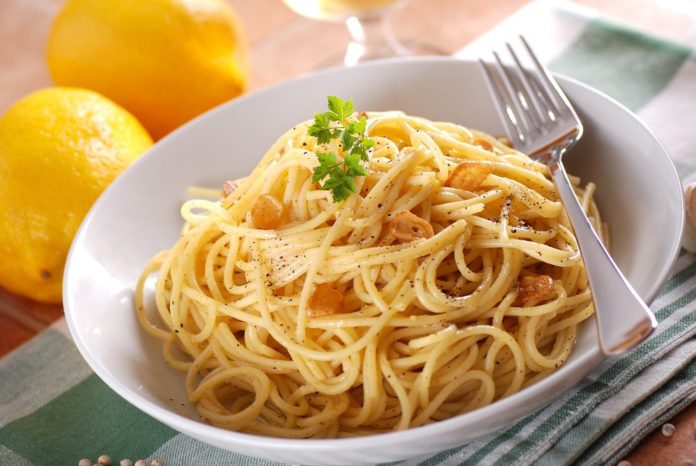
Pasta is a delicate food to cook. We do it all the time, but this dish always ends up being cooked in the wrong way. Probably pasta is so easy to cook that we take it for granted. Here’s how to prepare this dish properly.
Start by using a large enough saucepan. When you put too much pasta in the wrong size pan, the heat level decreases considerably as soon as you add the pasta to the water. As a result, you end up waiting longer for the water to boil. Meanwhile, your noodles are starting to clump together.
8. How to prepare perfect pasta
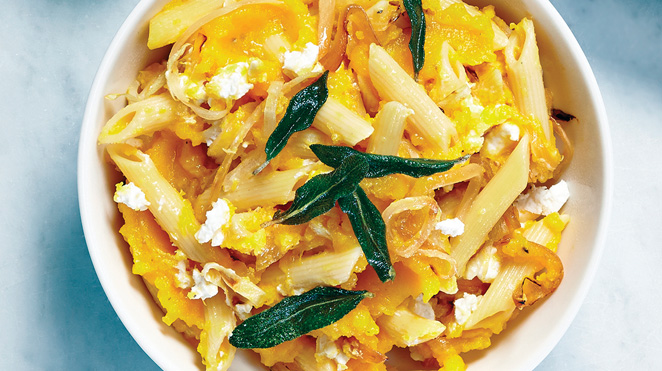
It is important to salt your cooking water. Any experienced chef will tell you that this step takes two seconds, but it is the key to pasta success. Put two or three good pinches of salt, at least. Salt helps to season your pasta and create a light texture on the surface, thus avoiding this viscous sensation in the mouth.
Stir your pasta during cooking to prevent it from sticking together. When dealing with starchy foods, you want to make sure they don’t become sticky.
You do not need to rinse your pasta once it has been cooked. The sweet and sour taste of the pasta helps it cling to the sauce, so you want to keep that residual texture.
9. Gravy
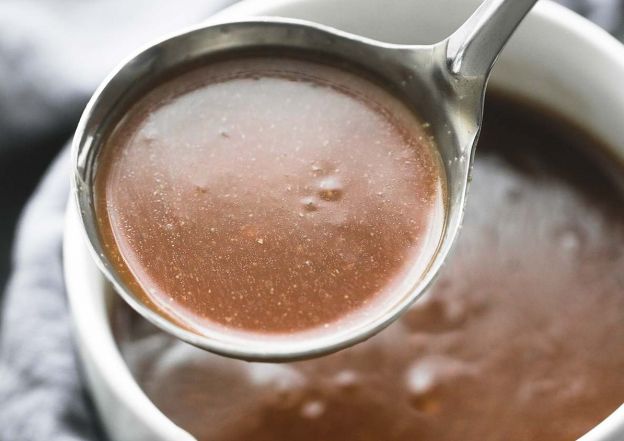
Start your sauce with a mixture of flour and fat. It can be butter, oil or animal fat. This simple paste binds your sauce together, making it smooth and thick. Since the sauce requires combining the broth with this mixture, it is crucial that you continuously whisk your solution, as the flour tends to agglomerate. Any type of sauce with a texture similar to that of a lumpy sauce is considered depressing.
To avoid having an aqueous sauce, try not to add more broth than necessary during cooking. Gradually add it so that you can measure the thickness of the sauce you want.
Finally, make sure you don’t rush to season your sauce. As with the soup, salt tends to intensify as the mixture cooks. If you add salt to the sauce too soon, you may find that it becomes too salty when you finish.
10. Steak
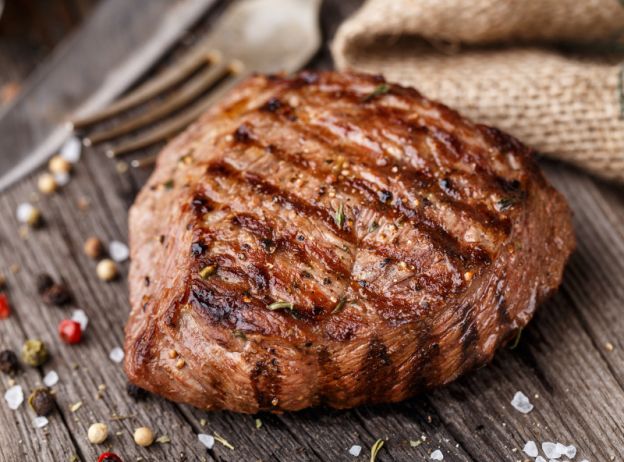
A juicy steak flawlessly seasoned, perfectly golden and cooked to perfection is an ideal meal. The truth is, when you work with a quality piece of beef, you can keep things simple and everything will be fine.
Steak must be at room temperature before cooking, so switching from refrigerator to pan is not recommended. Cooking a cold steak will certainly lead to overcooking on the outside and undercooking on the inside, which is worrying. And before seasoning or cooking your steak, make sure to dry it as thoroughly as possible. Use a paper towel to remove all traces of moisture to avoid the formation of steam instead of browning it. You want the meat to have a beautiful brown crust.
11. Cook the perfect steak

Be generous with salt when seasoning your steak. Using enough will help your meat to have an irresistible crust and give it a lot of flavors.
The pan should be very, very hot before you even think about letting your steak come in contact with it. Be sure to heat it over medium-high heat until it sizzles. The pan should be hot when you place it over your hand. A hot frying pan helps to brown the outside of the steak to preserve its flavor. If you cook your steak in fat, choose a steak with a high smoke point, naturally.
Your steak will continue to cook a little after removing it from the pan. Be sure to let it rest for at least five minutes before serving. This allows him to finish the cooking. In addition, any juice released during cooking requires a rest period to be reintegrated into the meat.


![[Photos] Why WD-40 Is Magic In Your Garden?](https://lifetonik.com/wp-content/uploads/sites/7/2019/08/WD40-Prices-Highres_Page_8_Image_0008-218x150.jpg)





![[Photos] Take A Look Of The Obama’s New Home Before It’s Banned](https://lifetonik.com/wp-content/uploads/sites/7/2019/07/Obama1-218x150.jpg)

![[Slideshow] Celebrity Homes: 21 Of The Most Luxurious](https://lifetonik.com/wp-content/uploads/sites/7/2019/07/Taylor-Swift-218x150.jpg)
![[Slideshow] More Parents Are Now Gluing Pennies to the Bottom of their Kid’s Shoes](https://lifetonik.com/wp-content/uploads/sites/7/2019/07/Keep-Them-Entertained-218x150.jpeg)
![[Photos] 20 Fashion Mistakes That Too Many Women Make!](https://lifetonik.com/wp-content/uploads/sites/7/2019/07/5-style-mistakes-that-make-you-look-frumpy-featured-218x150.jpg)










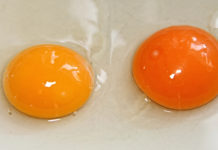








![[Gallery] 25 Discounts For Seniors To Which You Are Entitled Without Knowing It](https://lifetonik.com/wp-content/uploads/sites/7/2019/08/EAZxECUXUAAvNZR-218x150.jpg)
![[Slideshow] Here’s the salary of every governor in the United States](https://lifetonik.com/wp-content/uploads/sites/7/2019/08/Charlie-Baker-218x150.jpg)
![[Photos] No One Will Want To Buy This House After Seeing These Pictures](https://lifetonik.com/wp-content/uploads/sites/7/2019/08/terrible-real-estate-photos-2-5c35e727c9f95__700-218x150.jpg)



